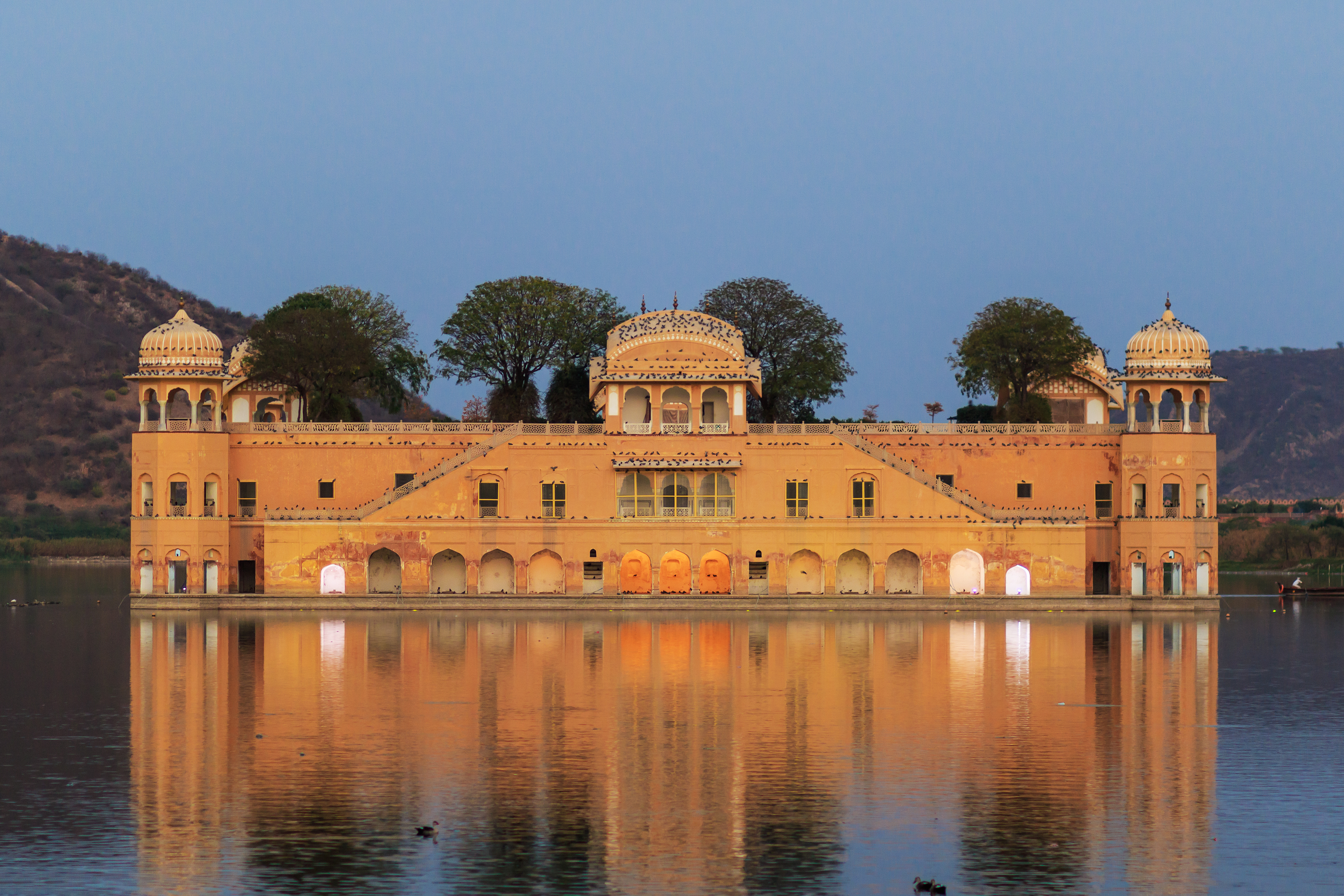Tea culture in India is deeply ingrained in the social fabric of the nation, reflecting both historical significance and contemporary practices. As the second-largest producer of tea globally, India boasts a rich diversity of tea types and cultivation methods, shaped by its varied geography and climate. Tea’s introduction to India can be traced back to the British colonial period in the 1830s when the British East India Company sought to break China's monopoly on tea. The first plantations were established in Assam and Darjeeling, where the unique climatic conditions were found suitable for tea cultivation. The indigenous Camellia sinensis plant thrived, leading to the development of distinctive varieties such as Assam and Darjeeling tea, which have since gained international acclaim for their unique flavors and qualities.
Each of these tea estates offers a unique charm and a distinct experience. The heritage bungalows and luxury resorts within these plantations provide a perfect blend of comfort and authenticity. Guests can indulge in guided tea tastings, where they learn to discern the subtle differences in flavor and aroma. The estates often organize tours that take visitors through the entire tea-making process, from plucking the tender leaves to the final stages of processing and packaging.
Darjeeling: The Queen of the Hills
Nestled in the foothills of the Himalayas, Darjeeling is often referred to as the "Queen of the Hills." Its tea estates are famous for producing some of the world's finest teas, known for their unique muscatel flavor and exquisite aroma. The steep slopes covered in verdant tea bushes, the cool climate, and the mist-laden mornings create an enchanting atmosphere that captivates every visitor. Strolling through these estates, one can witness the meticulous process of tea plucking and enjoy breathtaking views of the Kanchenjunga, the third highest mountain in the world.
Munnar: A Symphony of Green
Located in the Western Ghats of Kerala, Munnar's tea estates are a symphony of lush greenery and rolling hills. The region's unique topography and climate contribute to the distinct flavor of its teas, making it a beloved destination for tea aficionados. The estates here are interspersed with vibrant flora and fauna, and the sight of tea plantations stretching as far as the eye can see is simply mesmerizing. Visitors can explore the sprawling estates, learn about the intricacies of tea processing, and enjoy the tranquility of nature in this idyllic setting.
Assam: The Land of Rich, Bold Teas
Assam, in the northeastern part of India, is synonymous with robust and malty teas. The state's expansive tea estates are located in the Brahmaputra Valley, where the fertile soil and humid climate create ideal conditions for tea cultivation. Assam's tea gardens are renowned for their lush green fields and the traditional methods of tea production that have been passed down through generations. The region's cultural heritage is deeply intertwined with its tea industry, offering visitors a glimpse into the life and traditions of the local communities who have dedicated their lives to tea making.
Himachal Pradesh: Tranquil charm of High-Altitude Tea Estates
Himachal Pradesh, nestled in the Himalayan foothills, is home to enchanting tea estates that produce unique, high-altitude teas. Renowned for their delicate flavor and aromatic qualities, these teas thrive in the region's cool, pristine environment. The Kangra Valley, in particular, is celebrated for its heritage tea gardens, where traditional cultivation methods blend seamlessly with breathtaking natural beauty. Visitors to Himachal's tea estates can enjoy serene landscapes, learn about the intricate tea-making process, and savor the distinctive, refreshing brews of this picturesque region.







